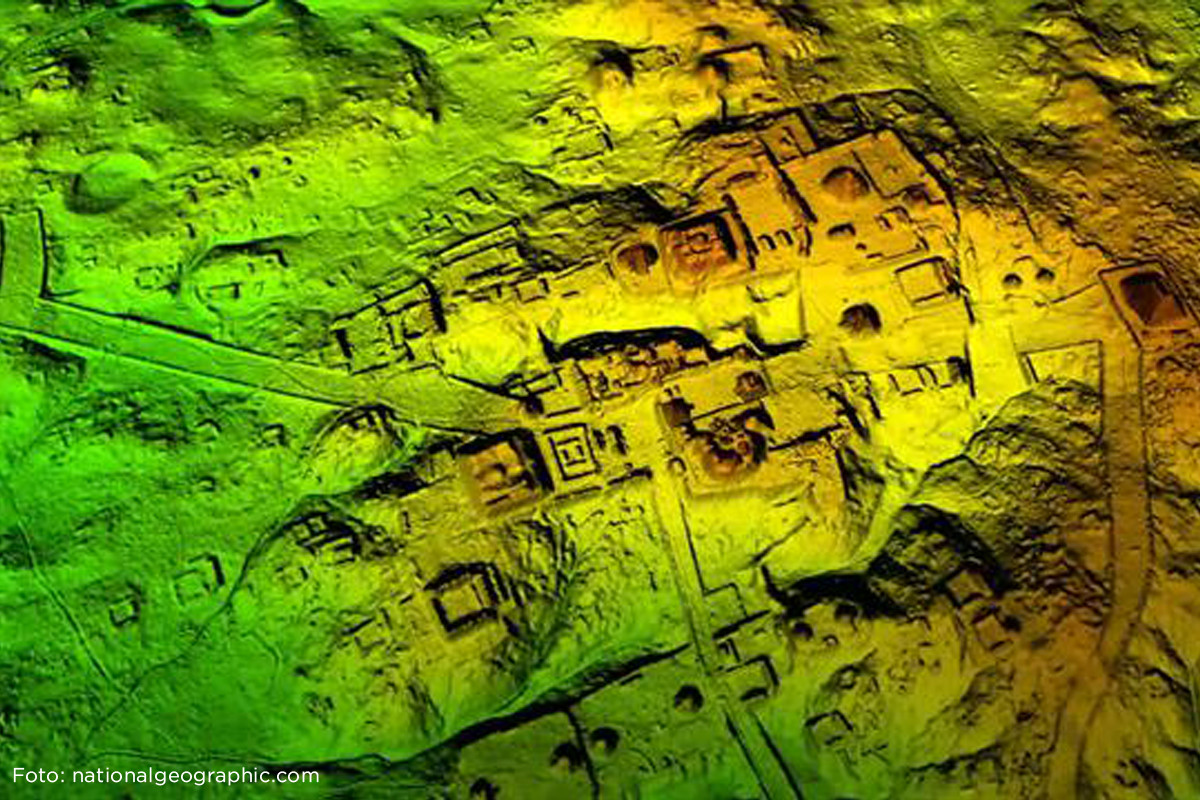The Mayan civilization has long fascinated researchers and archaeologists, and for good reason. The intricate architecture, complex writing system, and incredible advancements in astronomy and mathematics have all contributed to the Mayan civilization’s enduring legacy. Recently, a team of researchers used laser technology to uncover an ancient Mayan city that had been hidden in the dense Guatemalan jungle for centuries. This groundbreaking discovery is shining new light on the fascinating history of the Mayan people and their remarkable achievements.

An international team of archaeologists searching for the remnants of the ancient Maya civilization in Guatemala managed to uncover thousands of previously undetected structures hidden below the rainforest canopy, according to a new study published in Science magazine.
Using an aerial laser surveying method known as Light Detection and Ranging, or LiDAR for short, researchers were able to identify some 61,480 ancient structures spread across the 2,144 square kilometers of the Maya Biosphere Reserve.
“Even though some earlier LiDAR studies had prepared us for this, just seeing the sheer quantity of ancient structures across the landscape was mind-boggling. I’ve been walking around the jungles of the Maya area for 20 years, but LiDAR showed me how much I hadn’t seen. There were three to four times as many structures as I had imagined,” Thomas Garrison, an archaeologist at Ithaca College and co-author of the study, told Gizmodo.
He also added that “one of the most exciting structures found was a small pyramid complex right in the heart of downtown Tikal,” pointing out that the fact that LiDAR helped find a new pyramid “in one of the most thoroughly mapped and understood cities” shows how useful this technology is to archaeologists.
The newfound data allowed the scientists to estimate that the Maya Lowlands housed a population of up to 11 million people during the Late Classical Period (650 to 800 AD), which likely means that “a significant portion of wetlands had to be modified for agricultural use to sustain this population.”
The discovery through laser reconnaissance is a significant archaeological breakthrough. This new technology has the potential to assist in uncovering many more lost and forgotten civilizations hidden by jungle foliage. The findings provide valuable insights into Mayan civilization and will undoubtedly lead to further research and great discoveries. This achievement is a testament to the possibilities of modern technology and the importance of continued archaeological exploration.




